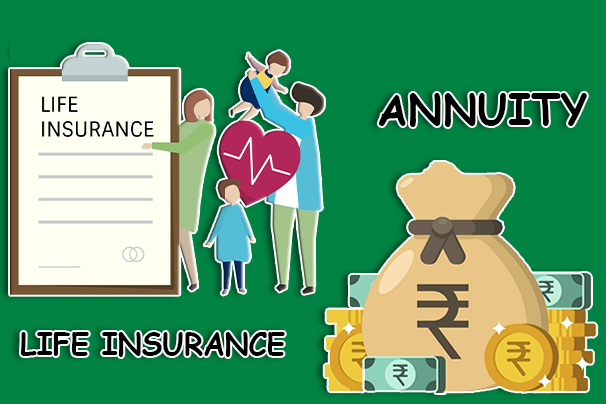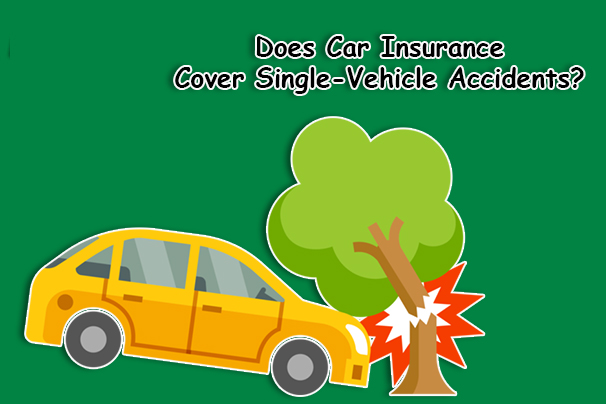Jewelry Floater
If you have been looking for a way to protect your jewelry under insurance coverage, a jewelry floater is the best option. This is...
Does Insurance Cover Dental Sealants?
Dental sealants are compulsory most times to protect your molars from cavities. Sealants are widely used by many, with some enjoying them while others...
What Is Property and Casualty Insurance?
People tend to purchase life insurance, auto insurance, and home insurance policies rather than property and casualty insurance. This is because they have little...
Aviva Car Insurance
Are you trying to find out how to obtain auto insurance? You are on the correct page if the answer is yes. When it...
First mortgage
Are you seeking to maintain possession of property owned by another person until the debt is discharged? If yes, then First Mortgage is the...
Annuity vs. Life Insurance: What’s the Difference
Annuity vs. Life Insurance: What's the Difference is a question most people tend to get curious about. When making financial plans for the future,...
Does Car Insurance Cover Single-Vehicle Accidents?
Car accidents involving one or more other vehicles are the ones we hear about the most, but single-vehicle accidents happen just as frequently. They...
How to Renew Your Car Insurance
To keep an automobile in great shape, maintenance calls for careful thought and execution. For this reason, obtaining car insurance is crucial. This coverage...
GEICO Car Insurance vs. Farmers Car Insurance: Which is Better?
Understanding which is better between GEICO car insurance vs. Farmers car insurance is what most drivers ask these days. This is because both GEICO...
First Dollar Coverage
First dollar coverage is an insurance that has no deductible. When an insurable incident occurs, the insurer bears the financial responsibility. The client will...










